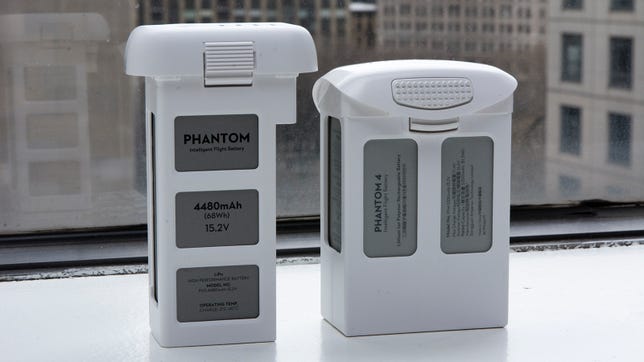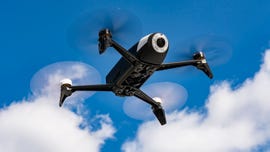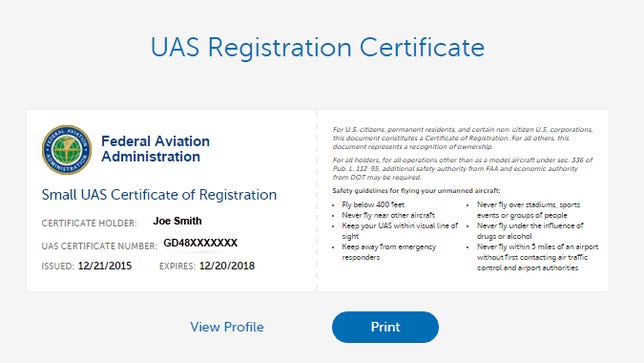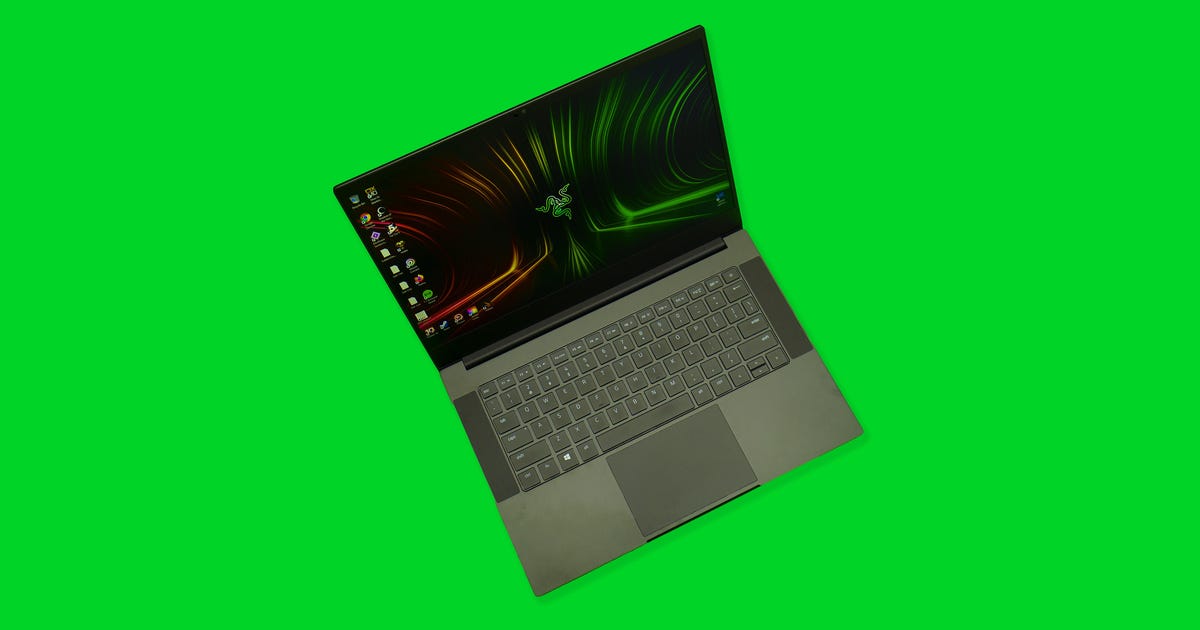The COVID-19 pandemic -- and its economic fallout -- have put millions of homeowners at risk of losing their homes. Consumer Financial Protection Bureau industry data in April showed that almost 3 million homeowners are behind on their mortgage payments.
While the CARES Act provided temporary relief for homeowners, its moratorium on foreclosures ended on July 31. Although this means lenders can proceed with the foreclosure process, a moratorium on foreclosure-related evictions has been put in place by the Federal Housing Administration until Sept. 30. The White House has also extended the forbearance enrollment period for federally backed mortgages through Sept. 30, giving homeowners more time to enroll in housing protections that could last for up to 12 months.
That said, some homeowners are still facing the resumption of monthly mortgage payments that have been paused for over a year -- and as a result, a mountain of debt.
If you own a home and are concerned about making mortgage payments, it's important to understand the foreclosure process. We'll walk you through everything you need to know -- from the best practices for avoiding it to surviving the aftermath.
You can find out more information about buying a foreclosure here.
What is a foreclosure?
Foreclosure starts when a homeowner has missed payments for a certain length of time -- usually, 90 to 120 days. At this point, the lender will attempt to recoup what they're owed on a mortgage. Once you're a few months late on your mortgage payment, the lender will put your loan into default.
If you don't make your mortgage payments for, say, three months, your lender can start a legal process to take ownership of your home in order to sell it. This allows them to get some of the money you still owe on your mortgage back.
The steps of the foreclosure process vary from state to state.
The foreclosure process
Foreclosure doesn't happen overnight. Your mortgage lender is required to notify you well in advance of when your home officially enters foreclosure -- also known as preforeclosure.
Preforeclosure
After you miss one mortgage payment, you might enter a preforeclosure period, but you often have another month to pay the balance owed before the bank takes serious action.
"Making your mortgage payment after the 1st of the month won't be considered late," says James McCann, branch manager at Cornerstone First Mortgage. "Most mortgage servicers won't charge a late fee until the 15th of the month and even when they do, it's usually nominal. Mortgage payments aren't reported late until the 30th of the month."
At that point, your lender sends you a notice. Whether you just needed a little extra time or making the payment simply slipped your mind, if you make your missed payment at this time, the preforeclosure process stops. You'll probably need to pay a late fee and your credit score might take a hit, though.
If you miss two mortgage payments, the letters become more serious. At this stage, you'll receive a demand letter requesting the missed payments. You can still stop the foreclosure process at this point by sending in the money you owe right away.
After three to four months of missed payments (varies by lender), you'll get a notice of default. This notice will usually lay out a grace period (often 90 days) during which you can make up the money you owe to avoid foreclosure. This grace period is called the reinstatement period. If you don't take advantage of this final window to get caught up on your missed payments, your lender officially starts foreclosure.
Foreclosure
At this point, your mortgage lender starts the process of taking ownership of your home. This works because mortgages are secured loans, which means they're backed by collateral -- in this case, your home.
When homeowners are unable to continue making mortgage payments, lenders start the foreclosure process to take back their collateral. Foreclosure ends with the lender either selling the home or adding it to their real estate portfolio. This allows the lender to recoup the money the homeowner was unable to pay.
Types of foreclosures
There are three different types of foreclosures, but processes will vary depending on where you live. Most states employ one of the first two types of foreclosures:
Judicial foreclosure
A judicial foreclosure is an option in all states. During this process, the lender files a lawsuit with the court to initiate the foreclosure process. The homeowner then gets a notice of the suit in the mail and has 30 days to pay all of the money they owe. If they don't, the local sheriff's office or the court will sell the house at an auction and give the proceeds to the lender.
Power of sale
Also called a statutory foreclosure, this type of foreclosure is legal in most states, provided your mortgage has a power of sale clause. This clause says that if your mortgage lender demands payment and you continue to fail to pay for the period of time laid out in the clause, the lender can sell the home to recoup their money.
Strict foreclosure
The rarest type of foreclosure, strict foreclosure, is often avoided unless the outstanding mortgage amount is greater than the property's current value. The process is similar to a judicial foreclosure in that the lender files a lawsuit, but rather than selling the property at auction, the property enters the lender's real estate portfolio once the foreclosure is complete.
Avoiding foreclosure
Foreclosures are stressful. But you can often avoid foreclosure, especially if you take steps as soon as you struggle to make your mortgage payments. Here are some tips to help with avoiding foreclosure.
Talk to your lender ASAP
Lenders don't want you to enter into foreclosure. They would much rather have you continue to make your payments (allowing them to make income off your mortgage's interest). If you're struggling to make a payment, reach out to see what support your lender can provide.
"Talk with your current mortgage servicer to see if there's anything they can do to help," McCann says. "Your lender might offer a loan modification or forbearance plan that would allow you to lower or pause your payments."
Consider selling
With real estate property values at notably high levels in many regions, homeowners who think they won't be able to keep up with their mortgage payments can consider selling before they end up in a foreclosure situation. With the proceeds from your home sale, you can pay off the outstanding balance of your mortgage and avoid foreclosure -- and the eviction and major hit to your credit score that comes with it.
You don't necessarily go back to renting, either. McCann recommends working with a realtor to find out if you can downsize to reduce your monthly mortgage payment.
Explore a refinance
With mortgage rates at historic lows right now, refinancing can help you get through a financially challenging season -- and save you money over the life of your loan. Refinancing could allow you to lock in a lower rate, reducing your monthly mortgage payment.
"You can often time your refinance to skip a mortgage payment, which could give you a little time to get back on your feet," McCann says.
You might be able to get a short refinance, which means your lender forgives some of your outstanding balance, then refinances the rest.
Foreclosure assistance programs
There are also assistance programs that can serve as helpful tools in avoiding foreclosure.
Until Sept. 30, you can enroll in a forbearance program if you have a federally held mortgage, e.g., FHA, VA, USDA and some Freddie Mac and Fannie Mae home loans.
While federal programs beyond the COVID-19 forbearance are currently lacking, you can also get help from a housing counselor. You can click your state on their map to find information about foreclosure avoidance counselors near you. It's well worth choosing one approved by the US Department of Housing and Urban Development to help avoid foreclosure scams.
Beware of foreclosure assistance scams
Unfortunately, unsavory individuals and organizations often take advantage of people facing financial hardship and foreclosures. And they may do it under the guise of old programs. Be wary of mortgage assistance from groups that recommend expired assistance programs like the FHA Home Affordable Program or the Making Home Affordable program. Although these programs are legitimate, they were established to help after the subprime mortgage crisis of 2008 and aren't accepting new applicants.
For a full list of foreclosure assistance scams to avoid, review this guide from the Office of the Comptroller of the Currency.
Surviving foreclosure
Avoiding foreclosure isn't always possible -- and it's not a financial death sentence. If none of the above resources can help you avoid foreclosure, your first step should be to find safe housing for yourself and anyone who lives with you.
From there, work on establishing a consistent income stream and building up your savings. Your credit score will take a dive after your foreclosure, but managing your money responsibly -- paying your bills on time and making sure you don't use too much of your other available credit, including credit cards -- will help you to rebuild it. From there, it's a waiting game. After seven years, the foreclosure will fall off your credit report and you'll have a fresh start again.







